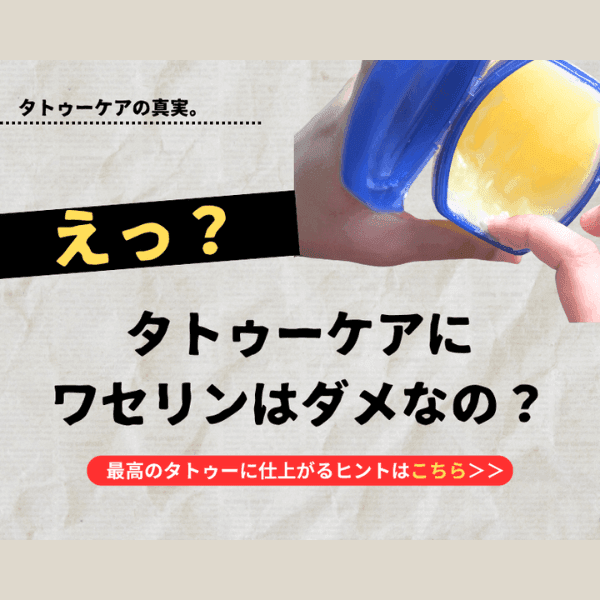
The Background Behind Tattoo Prohibitions in Japanese Facilities
Japan has a long-standing tattoo culture, with evidence of tattoos dating back to the Kofun Period and references in "Nihon Shoki", the oldest chronicles of Japanese history written in the 7th century. However, in modern times, tattoos have been associated with specific social groups, leading to their prohibition in many public places. In this article, we'll delve into the reasons behind this.
Historical Background
Tattoos as Punishment
Before the Heian period, tattoos were used as a form of punishment for criminals. This association made having a tattoo a social stigma.
Tattoos Among Geishas
During the Edo period, geishas and courtesans began getting tattoos as symbols of their love or commitment to a particular patron or lover. This practice eventually became popular among the lower strata of society.
Association with Criminal Organizations
Yakuza and Tattoos
In more modern times, members of criminal organizations, especially the Yakuza, adopted the practice of getting full-body tattoos. This strengthened the association of tattoos with criminality.
Reasons for Prohibition in Facilities
Providing a Safe Environment
Facilities like hot springs and gyms aim to offer a safe and comfortable space for all visitors. To avoid any misunderstandings or associations with the Yakuza, many of these establishments chose to prohibit tattoos.
Cultural Reasons
Having a tattoo was seen as not aligning with traditional Japanese values and social norms. Hence, there has been a longstanding trend to refrain from displaying tattoos in public places.
Conclusion
Recently, the perception of tattoos has been changing, becoming more accepted as a form of fashion or personal expression. However, understanding the historical and social contexts helps provide a deeper insight into the treatment of tattoos in Japanese facilities.










